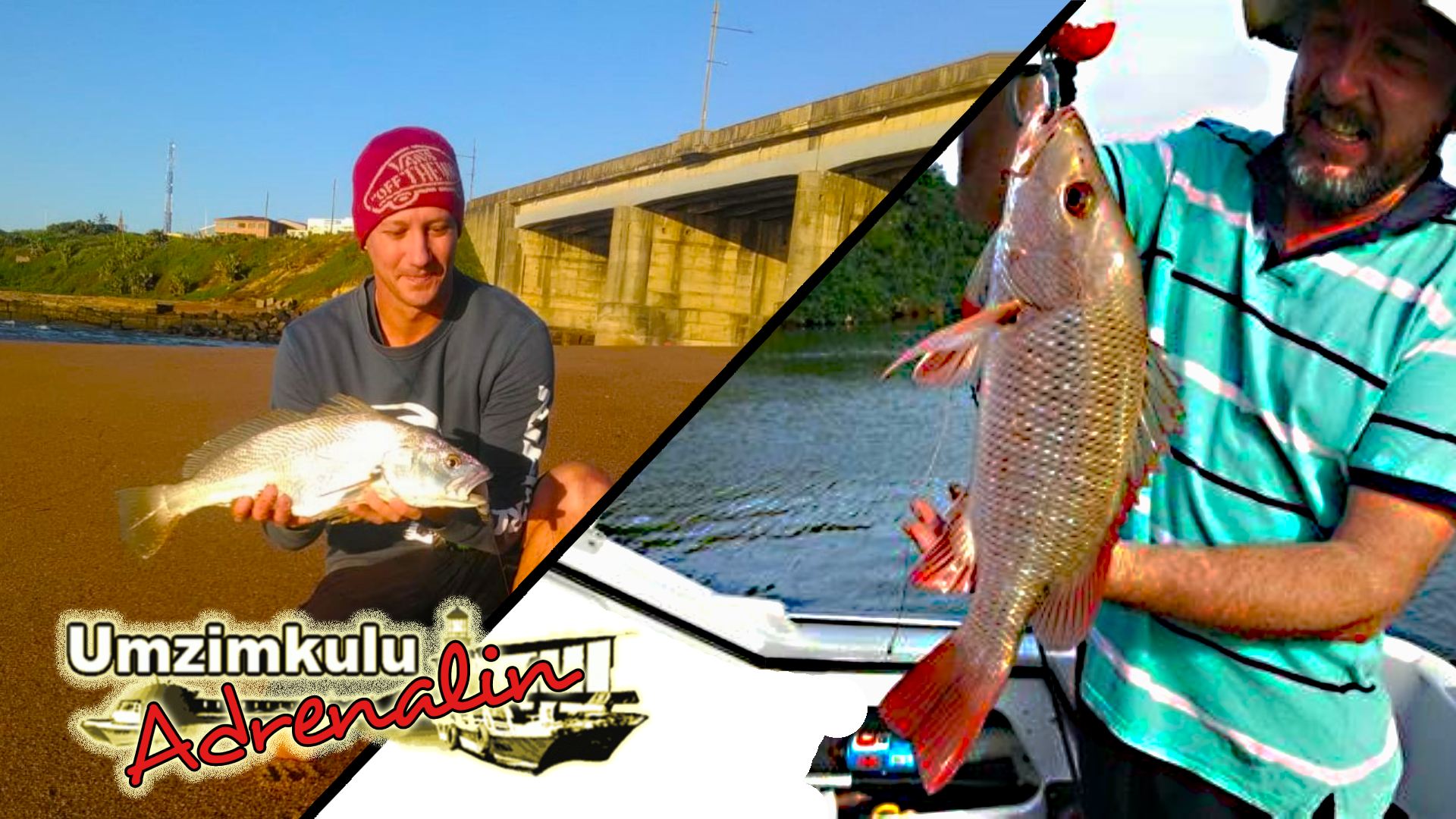The two most effective estuary baits by far
The two most effective estuary baits by far The two most effective estuary baits by far: live baits are sure to be the most fun on any estuary excursion. BUT. You got to catch ’em first! This article focuses on the two most effective ways of fishing in an estuary, with dead bait. Recently I … Read more


